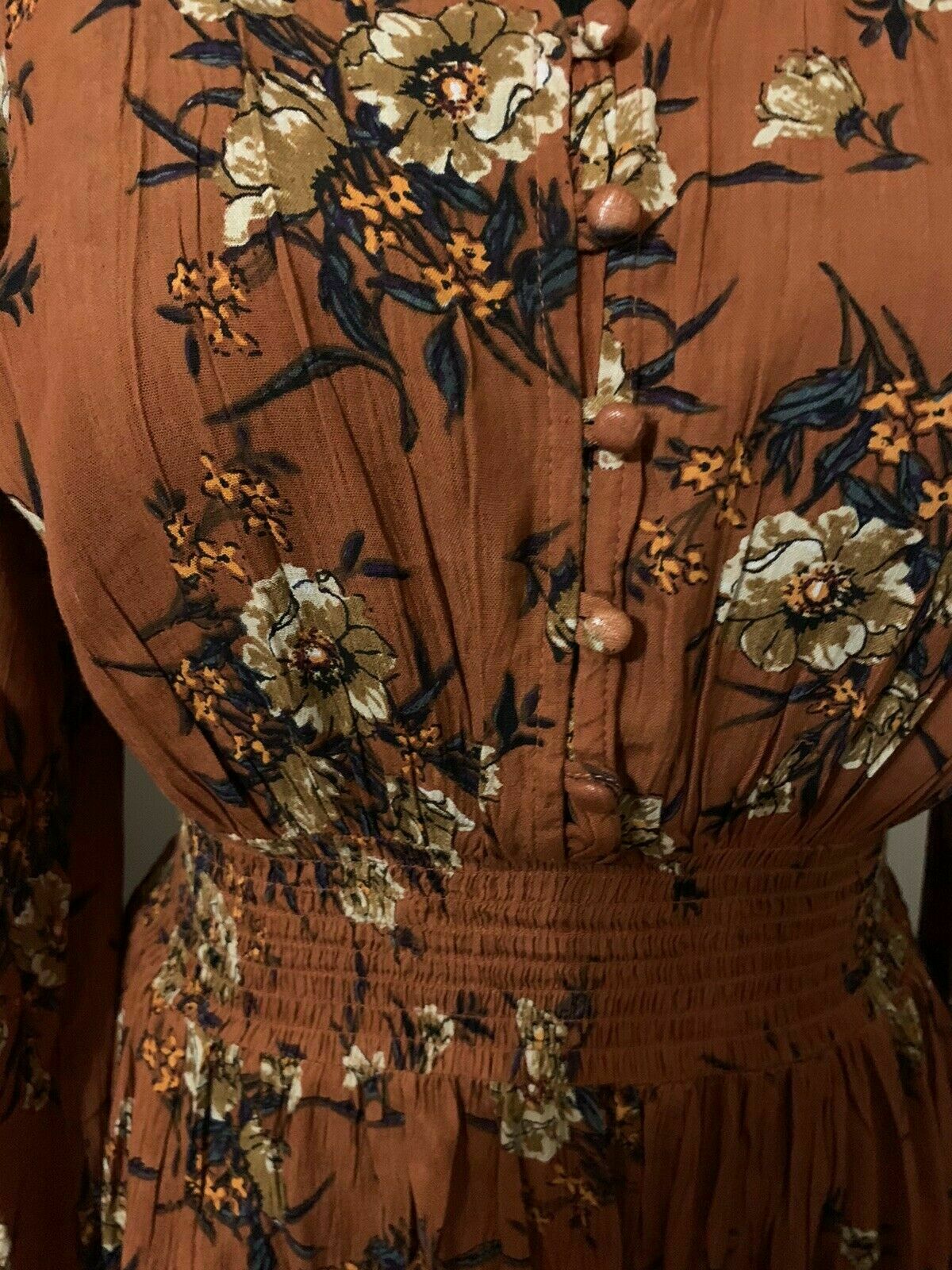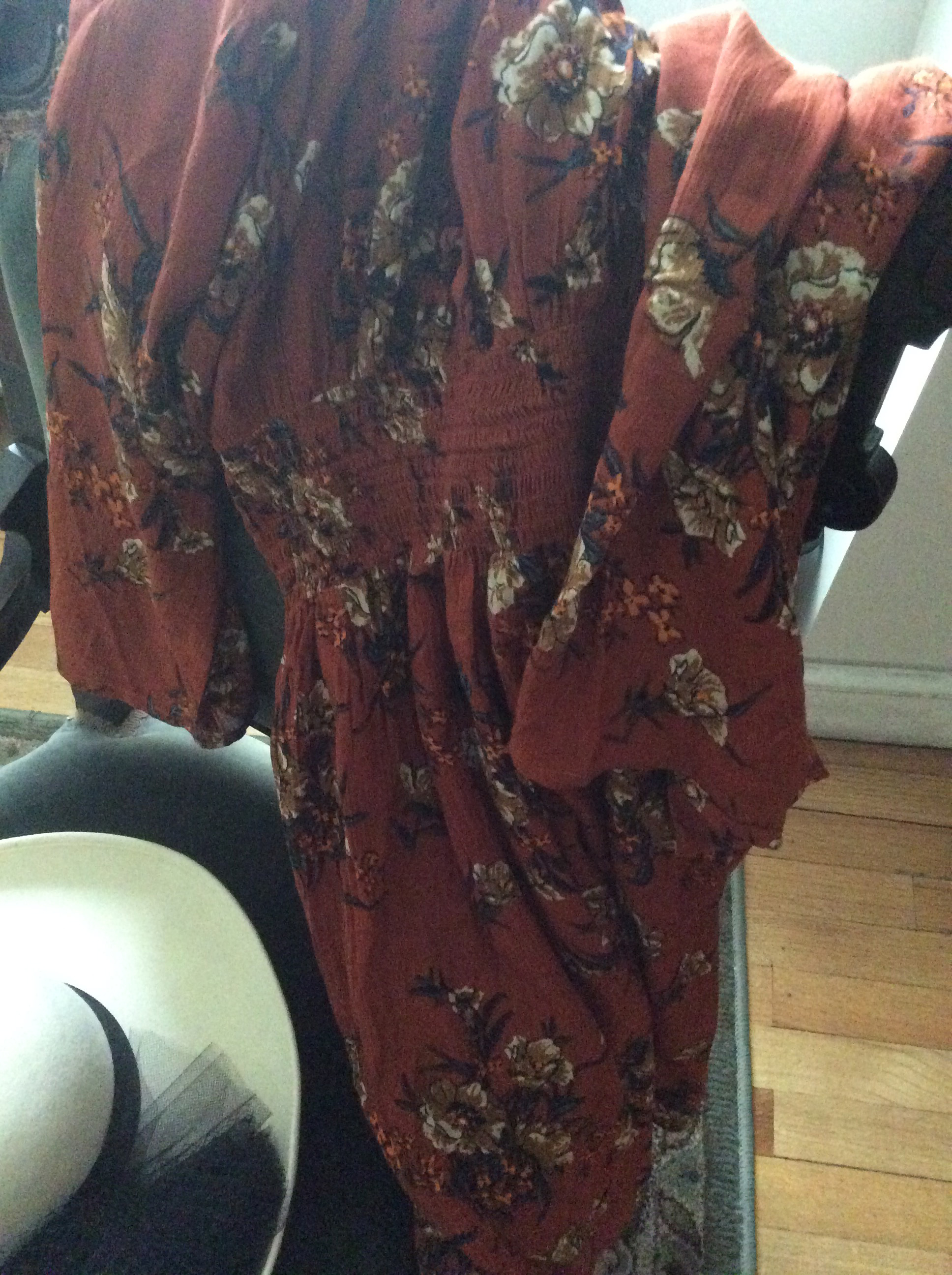#dress
Dr Isabella Rosner on X: "Popped in to see the @RoyalNeedlework BA show today and was blown away. The students’ work was stunning and so creative. Truly gobsmacking talent on show. I can’t wait to see where their hand embroidery skills take them 🪡 https://t.co/zCQMUt0lcp" / X
Getting fitted for a wedding

https://img-9gag-fun.9cache.com/photo/ayNER9b_460svav1.mp4
1 min video w/sound
#wedding #dress #lol
I have no dress except the one I wear every day. If you are going to be kind enough to give me one, please let it be practical and dark so that I can put it on afterwards to go to the laboratory.
Marie Curie (1867-1934) Polish-French physicist and chemist [b. Maria Salomea Skłodowska]
Letter to Casimir Dluski’s mother on her offer of a wedding dress (1895)
#quote #quotes #quotation #clothing #decoration #dress #practicality #style #wedding
Sourcing / notes: https://wist.info/curie-marie/64322/

The Prophecy
📷 Photo by Fabrice Monteiro
🗑⃨̅̅̅ ♻ Trash Fashion Design / Dress Making by Jah Ga
Afrofuturist Photos Transform Senegal's Trash Into Haute Couture.
🎥 The Prophecy N°1 -> https://www.youtube.com/watch?v=sz4fMKXH_sA
🇸🇳 #JahGa #garbage #dress #fashion #design #recycling #trash #senegal
#FabriceMonteiro #TheProphecy #publicwasteland #material #afrofuturism #photo #art
Jen The Feisty Librarian auf Twitter: "Librarian camouflage. https://t.co/PXTZHvJu5z" / Twitter
This is awesome!
#library #books #dress
https://twitter.com/Feisty_Waters/status/1472296701792698373
Librarian camouflage. pic.twitter.com/PXTZHvJu5z
— Jen The Feisty Librarian (@Feisty_Waters) December 18, 2021

#Traditional #Palestinian #Embroidery #Vintage #Costume #Dress #Collar #Colour #Pattern #People #Land #Heritage #Culture #History #Existence #Palestine #History #MiddleEast #Textiles #MyWork #Photography #Art #Our #World
Traditional Palestinian Embroidery
Vintage Palestinian Dress
Close-up of Collar / Dress probably from Ramallah
"Textile arts have been of unique importance in the Middle East since antiquity. In every age, the crafts of spinning, weaving, dyeing and embroidery have been held in high esteem and their traditions have changed relatively little over time. This is demonstrated eloquently in Palestinian costume styles, which have remained virtually unchanged over many centuries.
Around 1500 BC, the land that would later be called Palestine became known as Canaan, “The Land of the Purple.” Its Semitic inhabitants decorated linen and woolen cloth with a precious purple dye extracted from murex sea-snails, and these textiles were prized trade items around the Mediterranean.
In Palestine, the traditional style was itself influenced by the important nearby textile centers of Syria, famous for their silk weaving since the fifth century. Syrian fabrics were used in many Palestinian costumes, and Syrian traditional dresses share a similar repertoire of motifs with their Palestinian counterparts. The influence of the Arabian Peninsula is seen in the ornate silver jewelry brought in by trade and incorporated into the Palestinian costume.
Although the influences on Palestinian costumes have been numerous, the end result is a legacy that is uniquely and distinctly Palestinian, transcending its role as an art form to become a symbol of Palestinian identity. The ancient embroidered patterns bore symbols of hope, prosperity, good health and protection, and had traditional names that reflected natural features: the moon, the cypress tree, the tree of life, Bethlehem Shatweh, 1900 the bird of paradise. Though every woman could express her creativity by her choice of patterns and their arrangement on the dress, each region of Palestine followed its own distinctive stylistic rules.
Embroidery of costume and home accessories was done—and still is done—by women who preserved the traditional patterns by copying older dresses. In so doing they created costumes of lasting beauty that have earned a special place among the ethnic folk dress traditions of the world. More significantly, this tradition of Palestinian needlework has kept alive ancient styles and symbols that have provided us with a unique window to the past."
- Hanan Karaman Munayyer / The Palestinian Heritage Foundation

#Protrait #Two #Girls #Bethlehem #Palestinian #Palestine #Traditional #Costume #Dress #Embroidery #Headdress #Coins #BeforeTheirDiaspora #Book #WalidKhalidi #People #Land #Heritage #Culture #History #Existence #Photography #FélixBonfils #Our #World
'Two Young Girls from Bethelehem'
A Bonfils portrait of two young girls in traditional dress from Bethlehem. Each region in Palestine has its distinctive embroidery patterns and style for adorning women's clothing. The headdress often has coins sewn into it.
Bethlehem, PALESTINE
1876-1918
Photography By Félix Bonfils (1831-1885)
Institute for Palestine Studies, Photograph Collection
From the book: Before Their Diaspora: A Photographic History of the Palestinians 1876-1948 by Walid Khalidi / Published in 1984
About the Author: Born in Jerusalem in 1925, Professor Walid Khalidi was educated at the University of London and Oxford University. He taught at Oxford, the American University of Beirut, and Harvard. Khalidi, a renowned Palestinian historian, is the general secretary of the Institute for Palestine Studies (IPS) and a Fellow of the American Academy of Arts and Sciences. He has written extensively on the Palestinian exodus, and the ongoing conflict. He is a distinguished scholar, and a source of great pride to the Palestinian People.
Thank you Walid Khalidi, for keeping our story alive...













